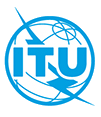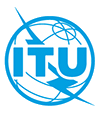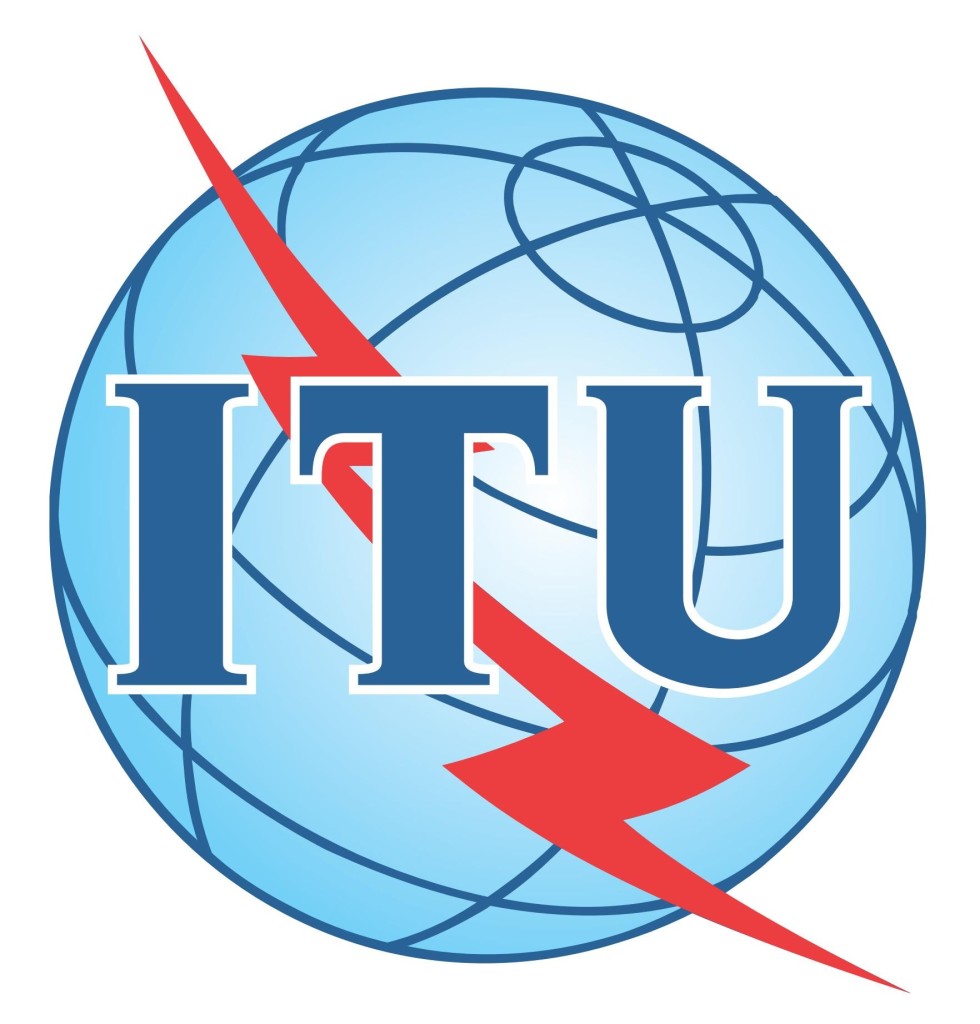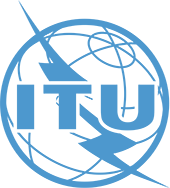Linear Tape File System (LTFS) Format Specification
The LTFS Format Specification defines a file system format separate from any implementation on data storage media. Using this format, data is stored in LTFS Volumes. An LTFS Volume holds data files and corresponding metadata to completely describe the directory and file structures stored on the volume.
The LTFS Format has these features:
An LTFS Volume can be mounted and volume content accessed with full use of the data without the need to access other information sources.
- Data can be passed between sites and applications using only the information written to an LTFS Volume.
- Files can be written to, and read from, an LTFS Volume using standard POSIX file operations.
The LTFS Format is particularly suited to these usages:
- Data export and import.
- Data interchange and exchange.
- Direct file and partial file recall from sequential access media.
- Archival storage of files using a simplified, self-contained or “self-describing” format on sequential access media.











